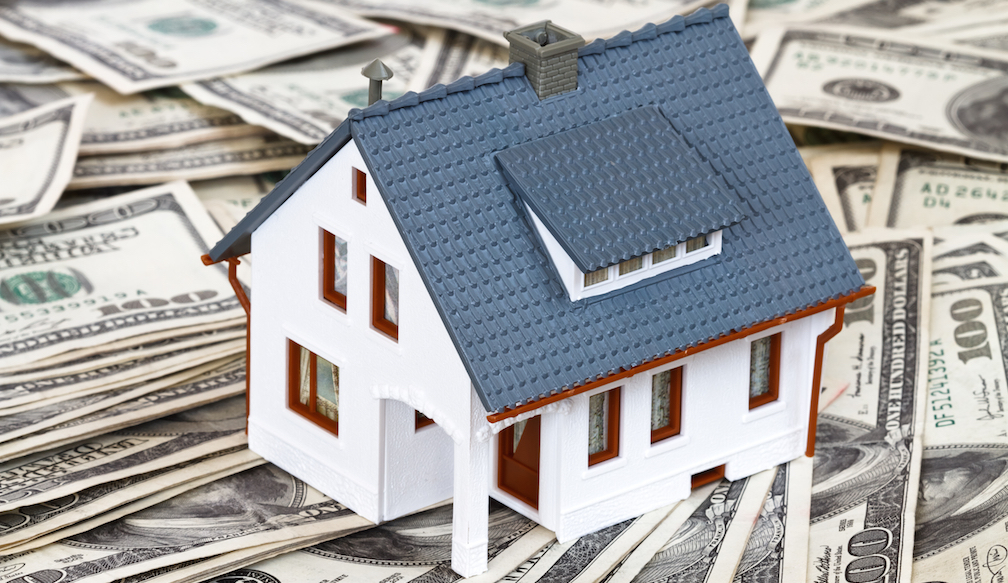Home prices increased in January, but the increase was even more pronounced among entry-level homes, according to the latest Home Price Index and HPI Forecast from CoreLogic, a property information, analytics and data-enabled solutions provider.
Home prices increased 6.6% from January 2017 to January 2018, and increased 0.5% from December to January, the report showed.
“Entry-level homes have been in particularly short supply, leading to more rapid home-price growth compared with more expensive homes,” CoreLogic Chief Economist Frank Nothaft said. “Homes with a purchase price less than 75% of the local area median had price growth of 9% during the year ending January 2018.”
“Homes that sold for more than 125% of median appreciated 5.3% over the same 12-month period,” Nothaft said. “Thus, first-time buyers are facing acute affordability challenges in some high-cost areas.”
CoreLogic forecasted home prices will continue to increase, rising 4.8% from January 2018 to January 2019. However, this increase will be more extreme in higher costs areas, with an annual increase of more than 7% in California, Florida, Nevada, and Oregon, according to the report.
The CoreLogic HPI Forecast is a projection of home prices that is calculated using the CoreLogic HPI and other economic variables. Values are derived from state-level forecasts by weighting indices according to the number of owner-occupied households for each state.
CoreLogic’s Market Condition Indicators data shows that among the nation’s 100 largest metropolitan areas based on housing stock, 34% were considered overvalued in January.
The MCI analysis categorizes home prices in individual markets as undervalued, at value or overvalued, by comparing home prices to their long-run, sustainable levels, which are supported by local market fundamentals, such as disposable income.
“A rise in mortgage rates coupled with home-price growth further erodes affordability,” CoreLogic President and CEO Frank Martell said. “CoreLogic has identified nearly one-half of the 50 largest metropolitan areas as overvalued.”
“Millennials who are looking to become first-time homeowners find it particularly challenging to find an affordable home in these areas,” Martell said. “Our projections continue to show tightness in the entry-level market for the foreseeable future, which could further prevent Millennials from purchasing homes in 2018 and 2019, even as much of that generation reaches its prime home-buying years.”
As of January, 27% of the top 100 metro areas were considered undervalued, and another 39% were at value.






